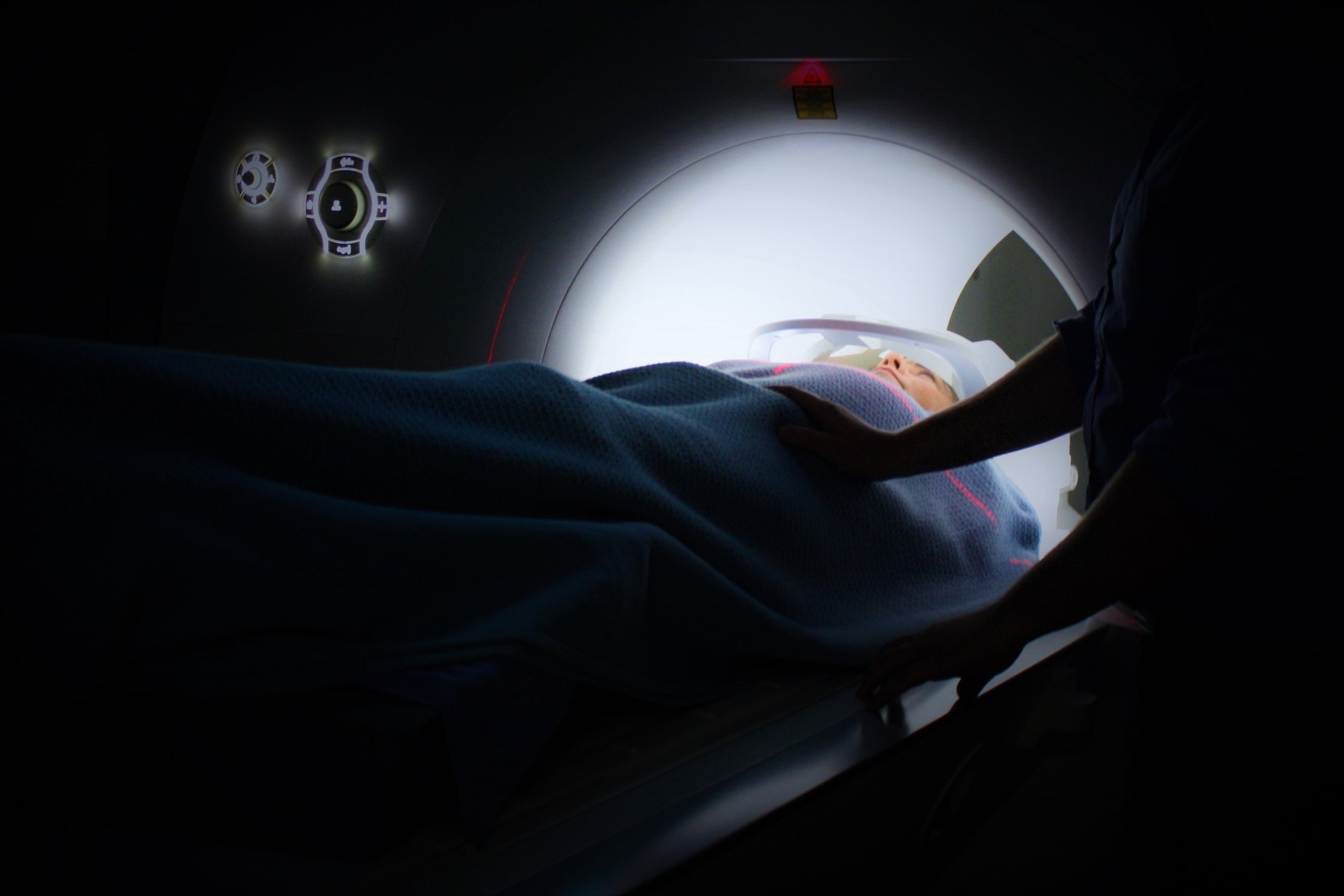Magnetic Resonance Imaging (MRI)
Today I had magnetic resonance imaging, or MRI, because of my brain tumour. I removed almost the entire tumor in May 2017. Then it was radiated and now I take cytostatics. Every three months I go to the MRI to see that the small remains of the tumor is not growing.

(Picture from unsplash)
MRI is a way of obtaining detailed images of organs and tissues throughout the body without the need for x-rays or "ionizing" radiation. Instead, MRI uses a powerful magnetic field, radio waves, rapidly changing magnetic fields, and a computer to create images that show whether or not there is an injury, disease process, or abnormal condition present.
For the MRI procedure, I was placed inside of the MR scanner—a large doughnut-shaped device that is open on both ends. The powerful magnetic field aligns atomic particles called protons that exist in most body tissues. The applied radio waves then cause these protons to produce signals that are picked up by a receiver within the MR scanner. The signals are specially characterized using the rapidly changing magnetic field, and, with the help of computer processing, images of tissues are created as "slices" that can be viewed in any orientation.
The MRI examination causes no pain, and the electromagnetic fields produce no known tissue damage of any kind. But the MR scanner make loud tapping, knocking, or other noises at times during the procedure. However, using earplugs prevents problems that may be associated with this noise. At all times, I was monitored and I was able to communicate with the MRI technologist or the MR scanner operator using an intercom system or by other means.
Now, specialists will look at the pictures, and next week I'll meet the doctor who will tell me what the pictures looked like. Hopefully, there have been no changes since last time.
Hi! I am a robot. I just upvoted you! I found similar content that readers might be interested in:
https://www.agradiology.com/mri#!